Returns Management for Beauty & Cosmetics Brands: Challenges and Solutions
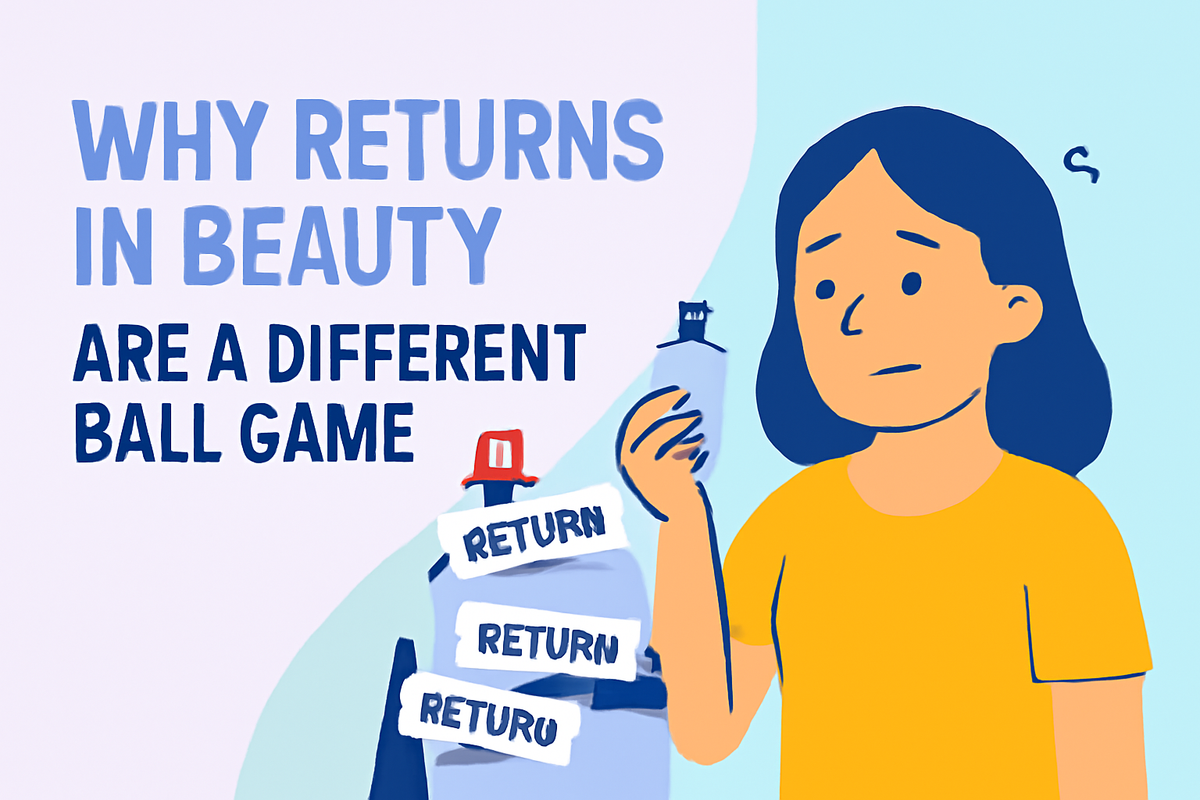
If you’re in the beauty or personal care industry, you’ll feel this in your bones, summer sales mean orders flying in like crazy… but so do returns. One viral TikTok about snail mucin or your favorite actor swearing by a moisturizer, and boom, carts are full. But here’s the catch, most people buy these products on impulse. No second thoughts. And later, when reality doesn’t quite match Instagram, the brand ends up paying the price.
The problem? Unlike electronics or clothes, you can’t just pop a skincare serum back on the shelf or refurbish a half-used lipstick. Once it’s opened, it’s done. That’s why returns in beauty sting a lot more.
And this is exactly where good customer service comes in. The brands that win aren’t the ones that stop returns completely (that’s impossible). They’re the ones that handle them smartly. Because at the end of the day, as Jeff Bezos once said, “We see our customers as invited guests to a party, and we are the hosts.” And no one wants their guest leaving with a bad taste (or in this case, a bad foundation shade).
Table of Contents
- Why Returns in Beauty Are a Different Ball Game
- Why Ignoring Returns Can Backfire
- Smart Solutions to Manage Returns Effectively
- Conclusion: Turning Returns into Loyalty
Why Returns in Beauty Are a Different Ball Game
Every industry has returns, but beauty is a whole different monster. Let’s break down why:
1. Regulatory compliance
With laptops or phones, there’s refurbishing. With lipstick? Forget it. Once it’s swiped, you can’t resell it, rules are rules. That’s why returns hit harder here.
2. High return rates (thanks to influencers)
Let’s be honest, skincare and makeup are impulse buys. Hailey Bieber posts her glazed donut skin, and suddenly that moisturizer sells out. Next week, it’s another serum trending. But when buyers realize the smell is off, the shade doesn’t match, or it breaks them out — hello, returns.
This is where a quick chat with a customer service advisor can actually save the sale. A little nudge like “Hey, maybe try this shade instead” goes a long way.
3. Environmental impact
Most returns end up as waste. Packaging, product, everything. The beauty industry already generates 120 billion units of packaging waste every year, and returns only make it worse. Not a good look if you’re trying to call yourself “clean” or “sustainable.”
4. Hygiene & safety
No one wants to risk reselling a used mascara. Eye infections? Lawsuits? Not worth it. Which means returns in beauty don’t just cost money, they’re also a health concern.
5. Costs & logistics
Returns aren’t free. They eat up shipping, manpower, and customer care time. And unlike electronics, there’s no “refurbished skincare” section. Without strong customer support remote teams or smart customer care outsourcing, brands get swamped fast.
Why Ignoring Returns Can Backfire
Now, you might think, “What if we just make our policy strict and refuse returns?” Honestly, that’s a fast pass to losing customers. Because if you ignore returns or make them too painful, here’s what comes your way:
1. Negative reviews everywhere
Beauty shoppers don’t hold back. One bad experience and suddenly you’re the villain of a TikTok storytime, or that angry one-star review on Sephora or Nykaa. And you know how it goes, bad news travels faster than good ones.
2. Your NPS goes for a toss
Net Promoter Score (aka, “would you recommend us?”) drops like a bad contour line. People love brands that care, not ones that ghost them when things go wrong.
3. Subscriptions and bundles take a hit
Imagine someone subscribed to your “monthly skincare box.” They get two products they don’t like and can’t return. Do you think they’ll stick around for month three? Nope. They’ll cancel and never look back.
4. Customer inquiries pile up
If customers don’t see an easy return option, they’ll flood your inbox, DMs, live chat, and even comments section. And if your team isn’t ready, that frustration only doubles. This is where the best customer service experience matters, not just replying fast, but replying helpfully.
So, What’s the Solution?
Returns in beauty are never going to vanish. But they can be handled better. Here’s how smart brands are making it work:
1. Figure out why people are returning
Not all returns are the same, some happen because of misleading images, unclear descriptions, or just a mismatch between expectation and reality. Figuring out why is step one in reducing returns.
Example: Take the Rusk W8less Strong Hold Hairspray from ProStylingTools (one of our clients). Some customers might love the strong hold, while others return it because it feels too stiff, has a scent they didn’t expect, or doesn’t work well with their hair type. These are actionable insights. By tracking return reasons like “too stiff,” “scent too strong,” or “didn’t suit hair type,” brands can tweak product descriptions, add usage tips, or even suggest alternative products upfront.
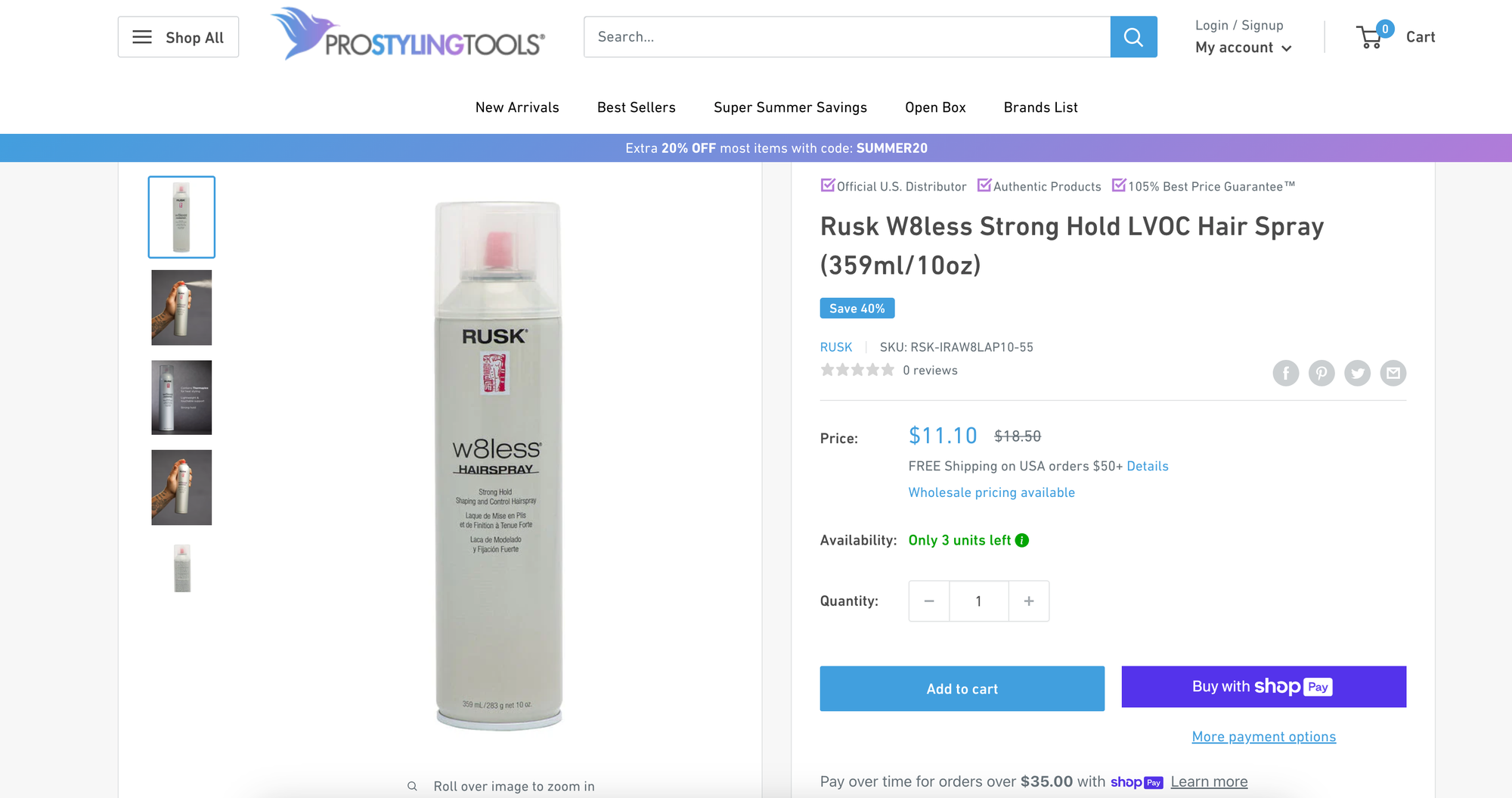
So instead of just reacting to returns, understanding why they happen lets brands prevent the next wave, and keep customers happier.
2. Let AI do some heavy lifting
AI is already making waves in beauty. Think of Sephora’s Virtual Artist, customers can “try on” lipstick or foundation shades online before buying. It’s fun, interactive, and it saves a ton of mismatched returns.
And it’s not just shopping. An AI-powered virtual assistant can step in when a buyer has doubts. Something as simple as:
“Not sure if this moisturizer suits oily skin? Let me check for you.”
That quick reassurance reduces returns and makes customers trust you more.
Tools like Chat Desk, kim.cc, or SupportYourApp already use this combo of humans + AI to give shoppers instant help.
3. Better images & product descriptions
It sounds basic, but it’s one of the top 10 customer service tips out there. Show textures. Show swatches on different skin tones. Write descriptions like you’re explaining it to a friend, not a scientist.
- Glossier does this brilliantly — you see what the shade looks like on multiple people.
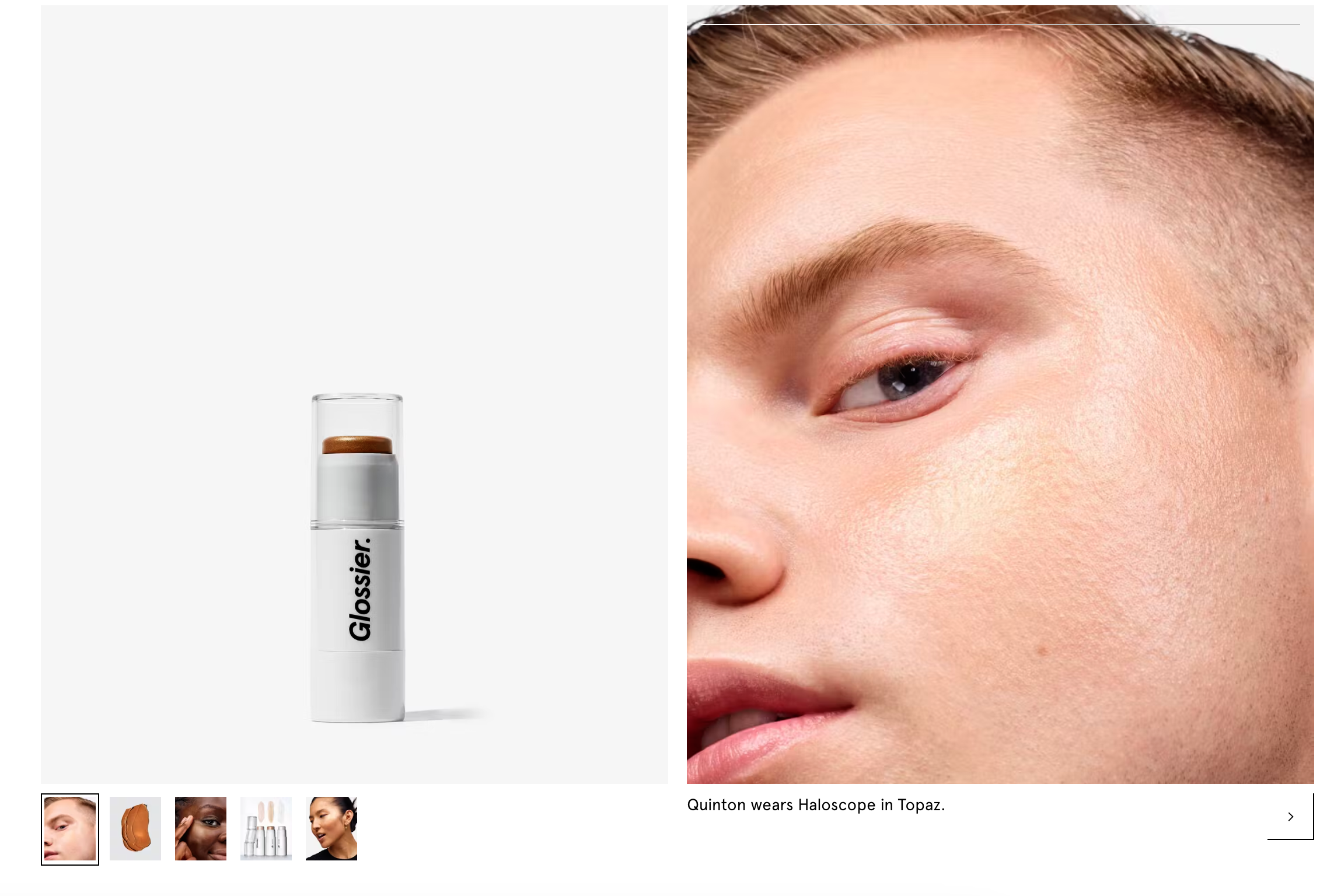
- Nykaa lists if a sunscreen leaves a white cast or not.
Less confusion = fewer returns = happier customers.
4. Educate your customers
Sometimes the return isn’t about the product being “bad” but about customers not knowing how to use it. How many serums end up abandoned because people layered them wrong?
Brands like The Ordinary do a great job breaking down ingredients and routines. They even share guides on what not to mix (no, you can’t cocktail every acid out there).
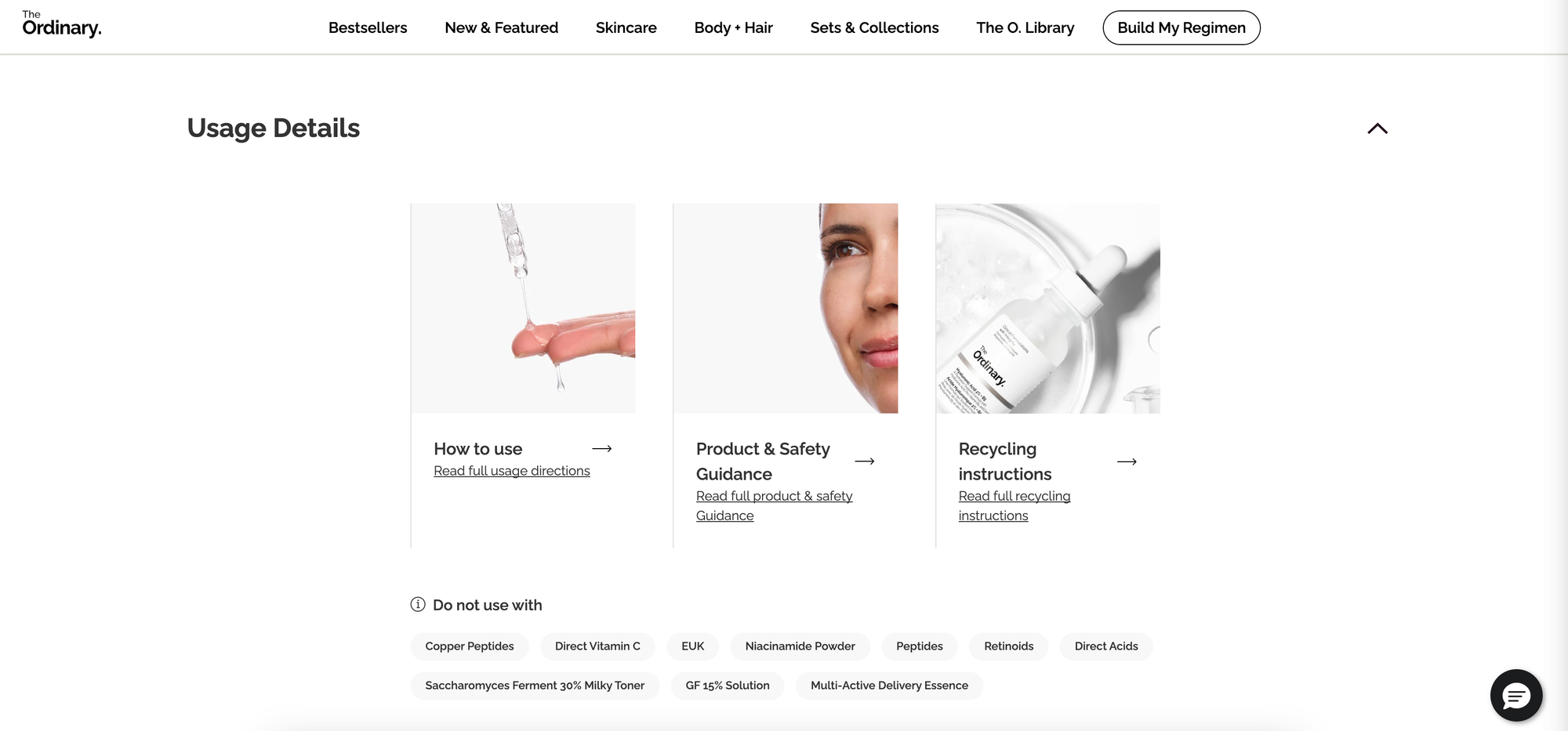
The Ordinary product page showing serum usage details with how-to-use instructions, product and safety guidance, recycling tips, and clear notes on what ingredients not to mixThat’s not just good marketing, that’s good customer service. When customers feel informed, they’re less likely to return.
5. Make customer support easy to reach
Here’s the truth: people want to talk to you before they decide to return. If they can’t find help quickly, they’ll go straight for the refund.
That’s why the best chat support, best email support, and even back office support all matter. Offer multiple ways for people to reach you, live chat, WhatsApp, email, phone.
And don’t forget about timing. Customers don’t care if your team is sleeping. They’ll expect 24/7 coverage, which is why many brands outsource ecommerce customer service or hire customer support remote teams.
6. Outsource, if you need to
Not every brand can afford a giant in-house support team. That’s okay. Customer care outsourcing is a lifesaver. You get trained reps who handle returns, refunds, and questions while you focus on growing the brand.
And the best part? When done right, outsourcing doesn’t feel like outsourcing. Customers just experience fast, friendly, consistent support.
Worried you won’t find someone with the right skincare industry experience? Don’t stress, sometimes soft skills matter more than direct industry knowledge. We broke this down in detail here. The short version: if you need skincare-savvy reps, we can help you hire and train them so your customers always feel understood.
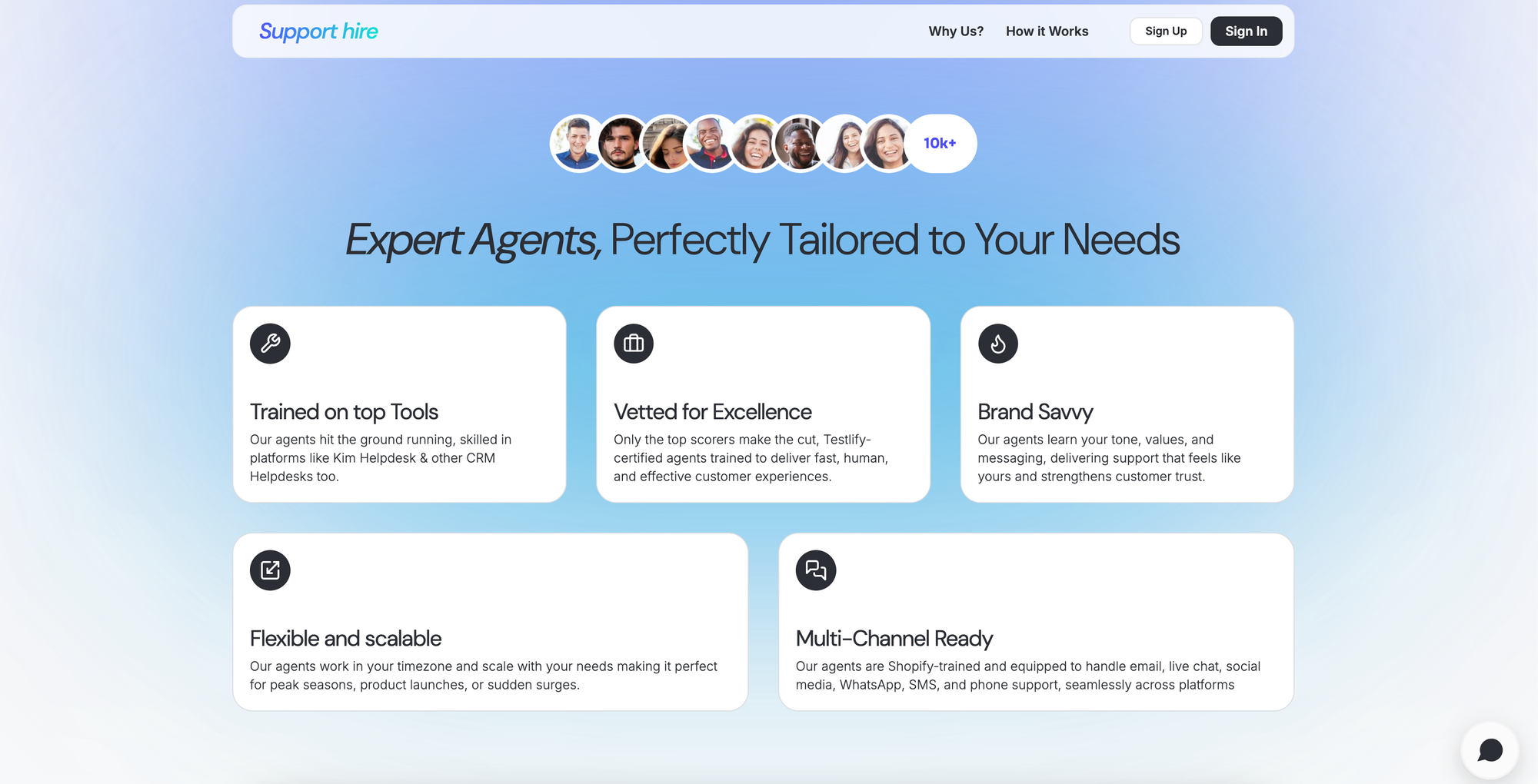
That’s how you deliver the best customer experience without burning out your core team.
Conclusion: Turning Returns into Loyalty
At the end of the day, returns in beauty are never going away. A lipstick shade will always look different in real life than on Instagram, and a serum that works wonders for one person might just break out another. That’s the nature of personal care — it’s personal.
But here’s the good news: with smart strategies and the best customer service practices, brands don’t have to treat returns like a nightmare. From using AI-powered virtual assistants to help customers pick the right shade, to outsourcing customer support remote teams that can handle inquiries 24/7, the solutions are already out there.
The brands that win aren’t the ones that eliminate returns (because you can’t), but the ones that turn those tricky moments into chances to build trust. When you educate your customers, show them transparency, and make support easy to reach, you don’t just reduce returns, you create loyalty.
Because in beauty, people aren’t just buying skincare or makeup. They’re buying confidence, self-expression, and trust in your brand. And that’s why handling returns with empathy and good customer service isn’t just a cost-saving move… it’s the best investment you can make in your customer experience.